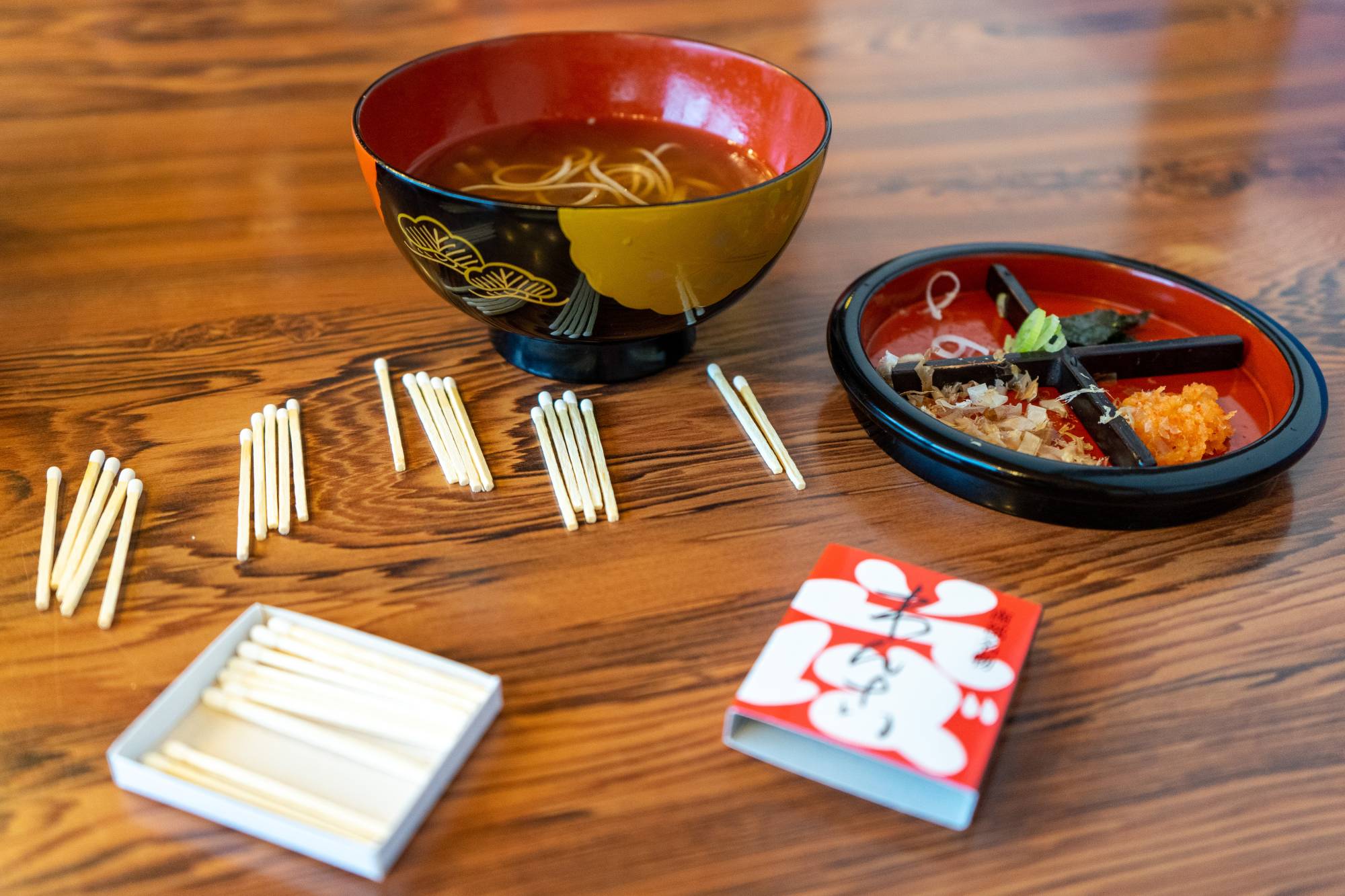Noodles are a national favorite in Japan and nearly every area of the country boasts its own regional version. Morioka, however, has not one but three traditional noodle dishes, which coexist amicably in Iwate Prefecture’s capital city. Known collectively as the “Morioka sandaimen” (“three great noodles of Morioka”), each dish features a noodle with distinct cultural roots: wanko soba from Japan, jajamen from China and reimen from North Korea.
One reason behind Morioka’s particular affinity for noodles is the climate. “Rice did not grow well in cooler conditions, so in areas with cooler summers, other grains, such as wheat and buckwheat — which were resistant to the cold — were grown as staple foods instead,” says culinary researcher Keiko Nagasaka, who teaches in the department of life science at Morioka Junior College (affiliated with Iwate Prefectural University).
“The fact that these three diverse dishes can coexist in this small city speaks to how adventurous the Japanese palate can be, and at the same time, how adaptable noodles are to the local conditions,” says Cody Mizuno of Ramen Guide Japan, where he writes about Japan’s noodle cuisine for an international audience. “The way these three dishes exemplify these characteristics is what strikes me the most about Morioka.”


















With your current subscription plan you can comment on stories. However, before writing your first comment, please create a display name in the Profile section of your subscriber account page.